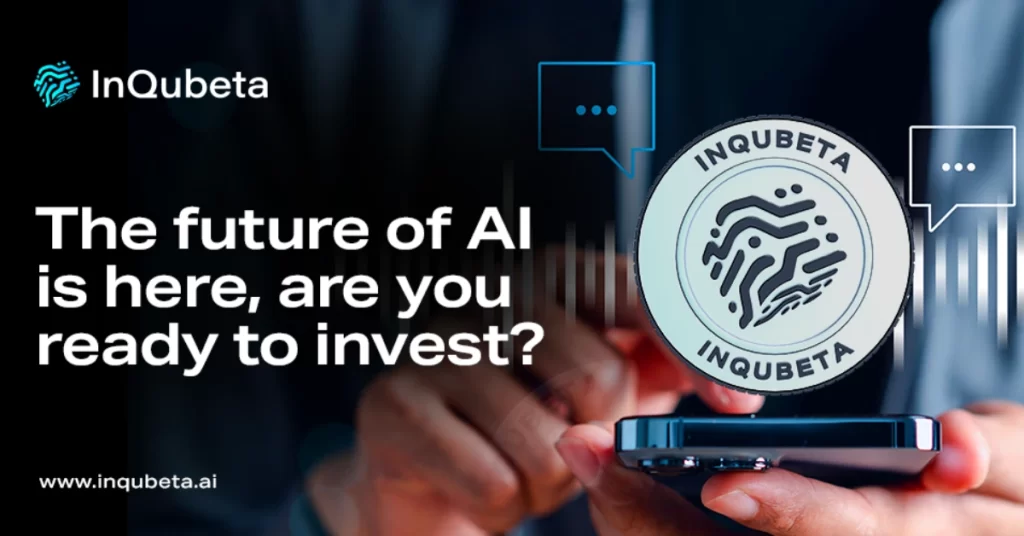
The post The Race of Crypto Burners: How InQubeta Deflationary Mechanism Beats Ethereum and Tron appeared first on Coinpedia Fintech News
The world of cryptocurrencies is vibrant and continually evolving. One of the innovative mechanisms that have emerged in this bustling ecosystem is the concept of deflationary tokens. Amid many such projects, InQubeta, with its native token QUBE, has stood out, demonstrating a unique approach that paves the way for a new era in cryptocurrency. This article takes a deep dive into why InQubeta’s deflationary model might be the game-changer the crypto world has been waiting for, offering a compelling alternative to popular platforms like Ethereum and Tron.
InQubeta: A Rising Star with a Unique Deflationary Model
Central to InQubeta’s operation is its native token, QUBE, built on the ERC-20 standard. QUBE introduces a unique deflationary mechanism, making it stand apart in the crowded crypto market. Every QUBE transaction incurs a 2% buy-and-sell tax into a burn wallet. This mechanism is in place to steadily decrease the total supply of QUBE tokens over time, creating an environment of scarcity. Such a deflationary model safeguards against inflation, thereby maintaining the value of remaining tokens.
InQubeta’s presale round was a testament to the investor confidence in this model, with the project raising over $1.7 million. This clearly indicates a high level of trust in the sustainability of the QUBE token and its potential for value appreciation. But InQubeta’s deflationary model isn’t just an interesting concept on paper; it’s a game-changing approach that could redefine our understanding of token economics.
Ethereum and Tron: A Constant Battle with Inflation
Despite its widespread popularity and usage, Ethereum struggles with the specter of inflation. Ethereum’s protocol allows for the continuous creation of new ETH through mining, leading to an increase in the supply. The lack of a maximum supply limit for ETH could potentially pose a threat to the future value of the cryptocurrency due to inflationary pressure.
Similarly, Tron also battles issues related to inflation. Although Tron has a capped maximum supply, new TRX tokens will continue to be produced until this cap is reached. This continuous addition to the total circulating supply could potentially dilute the value of the TRX tokens.
QUBE’s Rewards System: Adding Another Layer of Excitement
In addition to the deflationary mechanism, InQubeta introduces another dynamic layer to its model. Each QUBE transaction also includes a 5% tax that goes into a reward pool. This pool serves as a source of incentives for QUBE holders, making the token more appealing to the community. QUBE serves a dual role – it is not only an investment but also a governance token. Holders of QUBE get a say in the decision-making processes of the platform, making the ecosystem more democratic and inclusive.
InQubeta’s Impact: A New Narrative in Crypto Economics
The deflationary mechanism of InQubeta addresses a key concern in the world of cryptocurrencies – inflation. By consistently reducing the total supply of QUBE, InQubeta assures its investors of a steadily appreciating asset. This strategy effectively shields their investment from value dilution, a common concern in many other cryptocurrencies. With its forward-thinking deflationary model and the added advantage of a rewards system, InQubeta is set to significantly impact the crypto narrative.

 2 years ago
100
2 years ago
100















 English (US) ·
English (US) ·